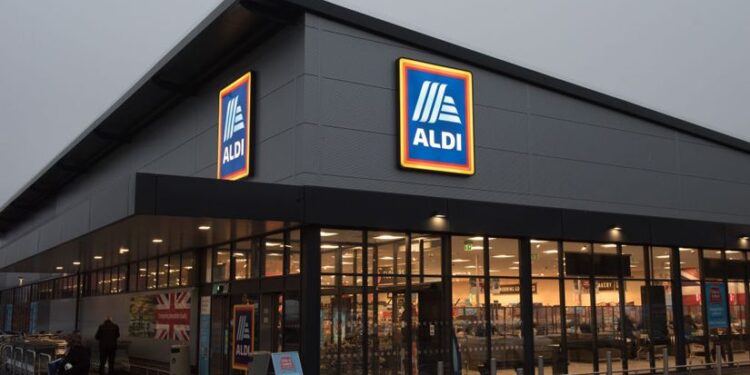Julien recently enjoyed a remarkable experience at the Aldi grocery store, and alongside Kiersten, they are eager to discuss affordable shopping alternatives. They’ve observed a rise in food and grocery prices over the past few months. Atlanta, the city where the Saunders reside, has recently been ranked No. 4 among American cities with the steepest inflation rates. The conversation around food waste and food insecurity is also increasingly prominent.
In the past, Whole Foods appeared to be the superior choice for diverse products and quality. However, after contrasting the prices between Whole Foods and Aldi, Julien and Kiersten discovered that Aldi’s prices can be as much as 50% lower. Although many items are prepackaged, and sourcing a single jalapeño can be challenging, purchasing in larger quantities like an entire side of salmon can lead to meal savings while still enjoying great food.
“Don’t overspend on essentials such as canned beans, rice, and pasta sauce,” Julien advises. “The majority of consumers can’t distinguish between store brands and national brands.”
“The last time I visited Aldi, I genuinely anticipated, based on my previous experiences, that my total would be around $150, $160, but we didn’t even reach $100,” Julien reflects. “The total was around $93, and I totally get why families are drawn here—especially those with children.”
Kiersten likewise suggests T.J.Maxx for a similar no-frills shopping adventure. They delve into both the challenges and advantages of budget shopping, emphasizing how loyalty to brand names doesn’t always translate to better value for consumers.


